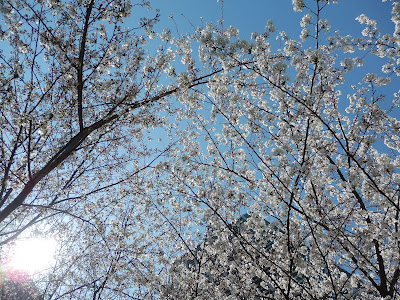IKEA JAPAN http://www.ikea.com/jp/en/
Are the Japanese people still living in rabbit hutches?!
The Swedish based multinational furniture company, IKEA, has successfully translated their concept to the unique needs of Japanese consumers, i.e. maximising 'small space living' with efficient storage capability, and modern design with European taste.
(Above photos are from IKEA Showroom)
The unique exhibition that IKEA Japan attempted was to set up a number of 5m² showrooms (three tatami sized rooms) in the yard of a temple in ancient capital, Kyoto. Each of the room was 'furnished to suit a different use: the kitchen, the kids room, the tatami room, the bedroom and so on, all in Japanese style and following a smart use of small space, typical of Japanese house.' (Japanese language only: http://news.ikea.jp/life_home/3jyo/3jyo110803_03) A video produced by Roomie evokes Japanese traditions in line with the exhibition. The display in a temple got the attention of many people including Maiko, traditional Japanese dancers (apprentice Geisha). It illustrates the old and new, young and modern, and from the world to Japan and Japan to the world in a beutiful way.
The only last thing I wish IKEA could do is to 'do-it-for-you', rather than do-it-yourself' :-))
Y★













 Why do people love Sakura, otherwise known as Japanese cherry blossoms? Certainly the inspiring beauty of these delicate flowers which adorn most of Japan from the end of March to early April is an obvious reason. But one must look deeper to truly understand why cherry blossoms are one of the most beloved cultural symbols of Japan.
Why do people love Sakura, otherwise known as Japanese cherry blossoms? Certainly the inspiring beauty of these delicate flowers which adorn most of Japan from the end of March to early April is an obvious reason. But one must look deeper to truly understand why cherry blossoms are one of the most beloved cultural symbols of Japan. When I open my old family photo album, one of my favorite family photos is of all of us picnicking under fully-bloomed cherry blossom trees. My earliest photo in school uniform was taken next to a beautiful sakura tree. There are so many wonderful memories I have of the lovely flowers. Still, when I see the blossoms, I am not only reminded of these happy times; I am also reminded of how things have changed and how my grandparents have long since passed.
When I open my old family photo album, one of my favorite family photos is of all of us picnicking under fully-bloomed cherry blossom trees. My earliest photo in school uniform was taken next to a beautiful sakura tree. There are so many wonderful memories I have of the lovely flowers. Still, when I see the blossoms, I am not only reminded of these happy times; I am also reminded of how things have changed and how my grandparents have long since passed. Y★
Y★
















